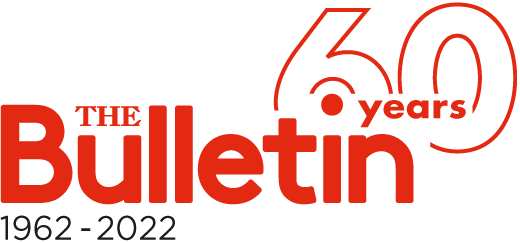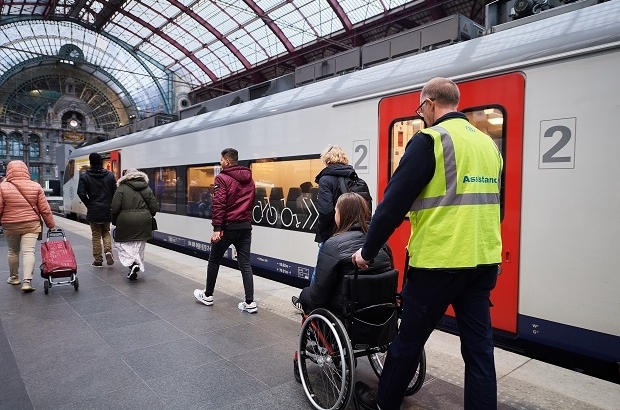- Daily & Weekly newsletters
- Buy & download The Bulletin
- Comment on our articles
EU funding to increase accessibility of Belgian rail stations
Belgium’s federal government is to reallocate €76 million from the European Recovery and Resilience Facility to rail projects, Belgium’s minister for mobility, climate and the environmental transition, Jean-Luc Crucke has announced.
Belgium’s rail network provider Infrabel will receive most of the money (€69.2 million), while Belgian rail operator SNCB will receive €6.95 million, to improve the safety, sustainability and accessibility of the railways, the minister said.
As part of the European Union fund – a vast post-pandemic investment programme – Belgium drew up its own national recovery plan, with many investments and reforms planned in various areas. In the scheme, the European Commission releases the finance when the objectives have been reached or certain stages completed.
However, the implementation of these schemes is behind schedule and the deadline is looming as all projects must be completed by August 2026 to receive funding.
At a federal level, the risk is that some of the earmarked funds would not be used by the deadline, and so be lost, Crucke explained. The government has therefore decided to strategically reallocate €76 million to rail projects that can be achieved in time.
Specifically, the SNCB will receive €6.95 million to improve the accessibility of its stations. Some 25 of them will be equipped with lifts, ramps and signage adapted for people with reduced mobility.
At the same time, some 6,000 new cycle parking spaces will be created to encourage train and bicycle intermodality.
Some €29 million of the funds given to Infrabel to modernise the network will be spent on renovating 32 sections of track and 18 freight transport infrastructures, as well as on removing bottlenecks on key routes such as the Brussels to Luxembourg line.
Another €31 million has been earmarked to electrify line 11 between Ekeren and Lier in Antwerp province.
Finally, funds will be allocated to a new digital rail traffic management system with the aim of improving the punctuality and ease of traffic of the trains.
The Recovery and Resilience Facility (RRF) is a temporary instrument that is the centrepiece of NextGenerationEU – the EU’s “plan to emerge stronger and more resilient from the current crisis” (referring to the Covid-19 pandemic).
The European Commission is able to raise funds through the facility by borrowing on the capital markets (issuing bonds on behalf of the EU).
These are then available to member states, to implement ambitious reforms and investments that make their economies and societies more sustainable, resilient and prepared for the green and digital transitions, in line with the EU’s priorities, and address the challenges identified in country-specific recommendations under the European Semester framework of economic and social policy coordination.
The facility entered into force on 19 February 2021. It finances reforms and investments in EU member states made from the start of the pandemic in February 2020 until 2026. Countries can receive financing up to a previously agreed maximum amount.
To benefit from this financial support, EU governments including Belgium submitted national recovery and resilience plans, outlining the reforms and investments they will implement by the end of 2026, with clear milestones and targets. The plans had to allocate at least 37% of their budget to green measures and 20% to digital measures.
The Recovery and Resilience Facility is performance-based. This means that the Commission only pays out the amounts to each country when they have achieved the agreed milestones and targets towards completing the reforms and investments included in their plan.



















